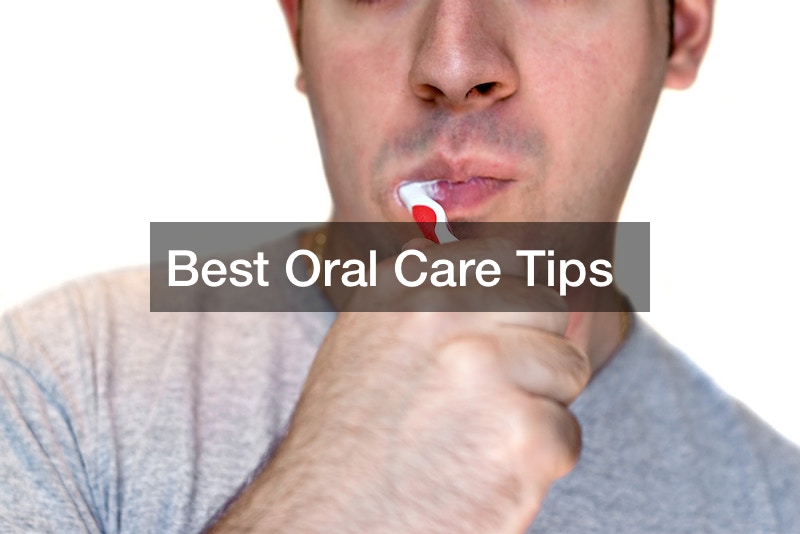These are typically inexpensive and simple to locate when you wish to purchase one.
A new toothbrush may be necessary if you have teeth pain, have undergone an oral procedure, or suffering from an infection. The time is right to replace your toothbrush if bristles wear out or become damaged. It is recommended to replace your toothbrush every two to three months. It will be easier for you to brush your teeth and reduce the risk of getting cavities.
A toothbrush is a great instrument for getting rid of food particles and plaque from teeth. It helps prevent the formation of cavities as well as gum disease. How you brush your teeth will depend on the way you brush, whether it’s via an electric one or a manual one that moves in circular or up-and down moves.
In terms of toothpaste, there are two kinds which are cream and gel. While gel is better than cream, cream will not offer the same effectiveness that cream does. Creams can guard teeth against cavity-causing bacteria.
A twice-a-day brushing of your teeth daily is recommended for most people. But if you have sensitive teeth, you should to pick a soft brush. Make sure to choose a brush with flexible bristles to help remove food particles from between your gums and your teeth.
It is recommended that you choose the fluoride-free option that incorporates tartar control with natural ingredients such as coconut oil Glycerin, xylitol, and. It can help reduce plaque from accumulating in your mouth and combat stains on your teeth. Also, soft toothpaste is recommended because hard toothpastes are too rough for certain gums.
Chew Your Food Thoroughly
A great oral hygiene tip is to chew food well. Even if you brush your teeth with care and using an appropriate toothpaste, it won’t do any good if you do not also brush your teeth after eating. Food should be chewed properly so that your teeth are not exposed to the bioactive bacteria present from mouthwash. This may result in irritation of sensitive regions.
In the context of food particles from food
fisgd1px1s.
